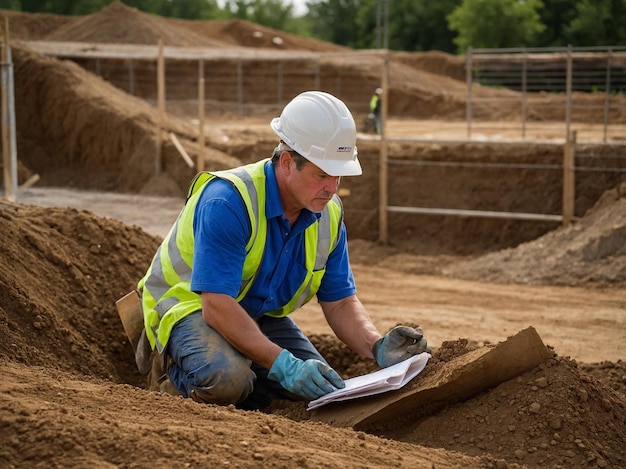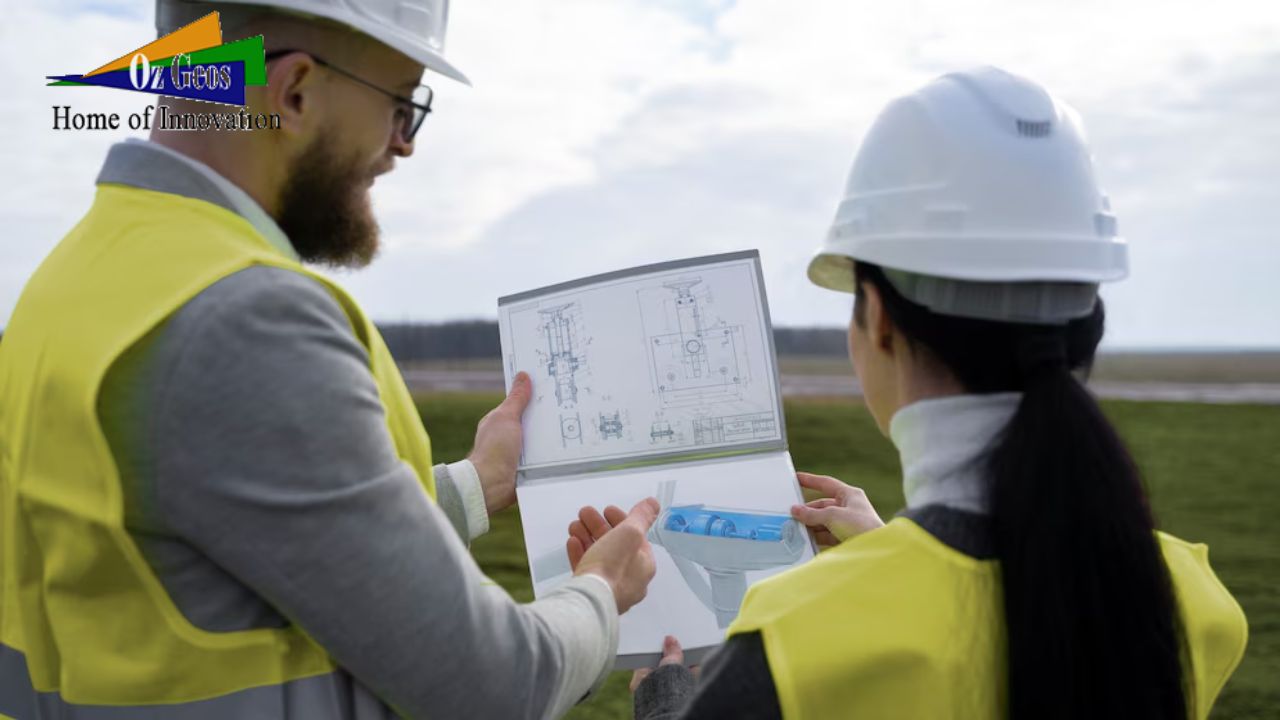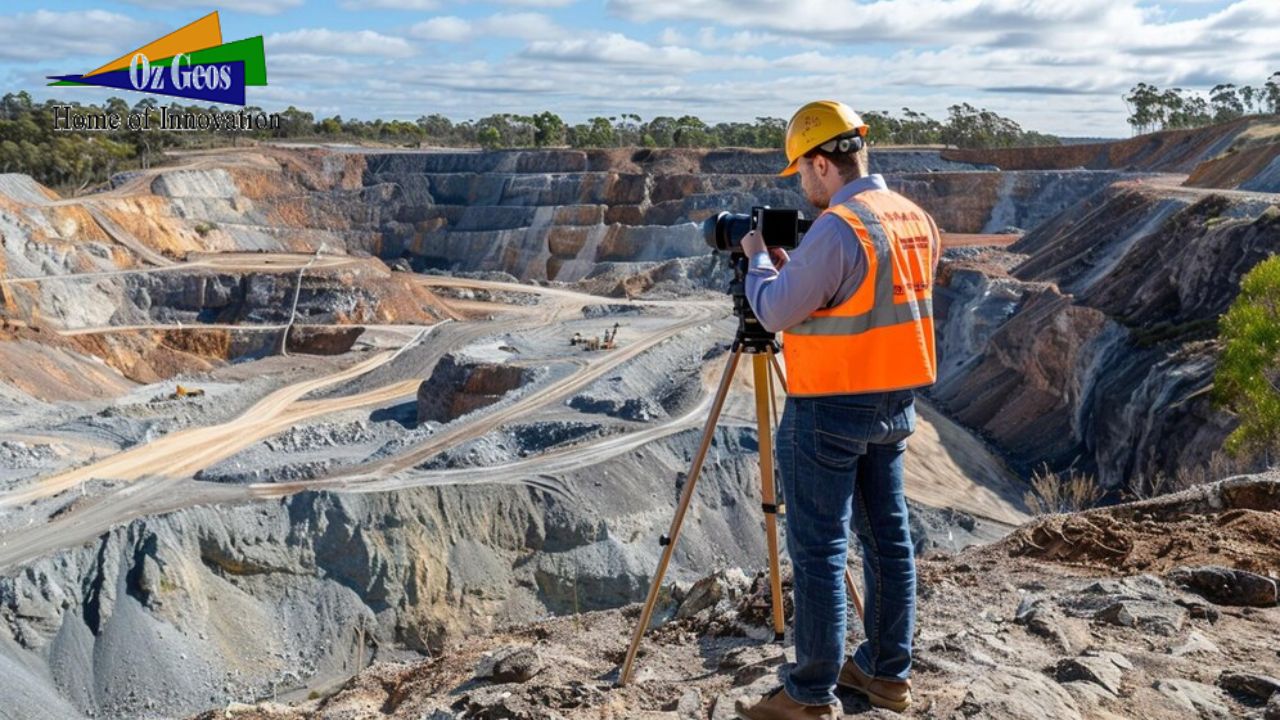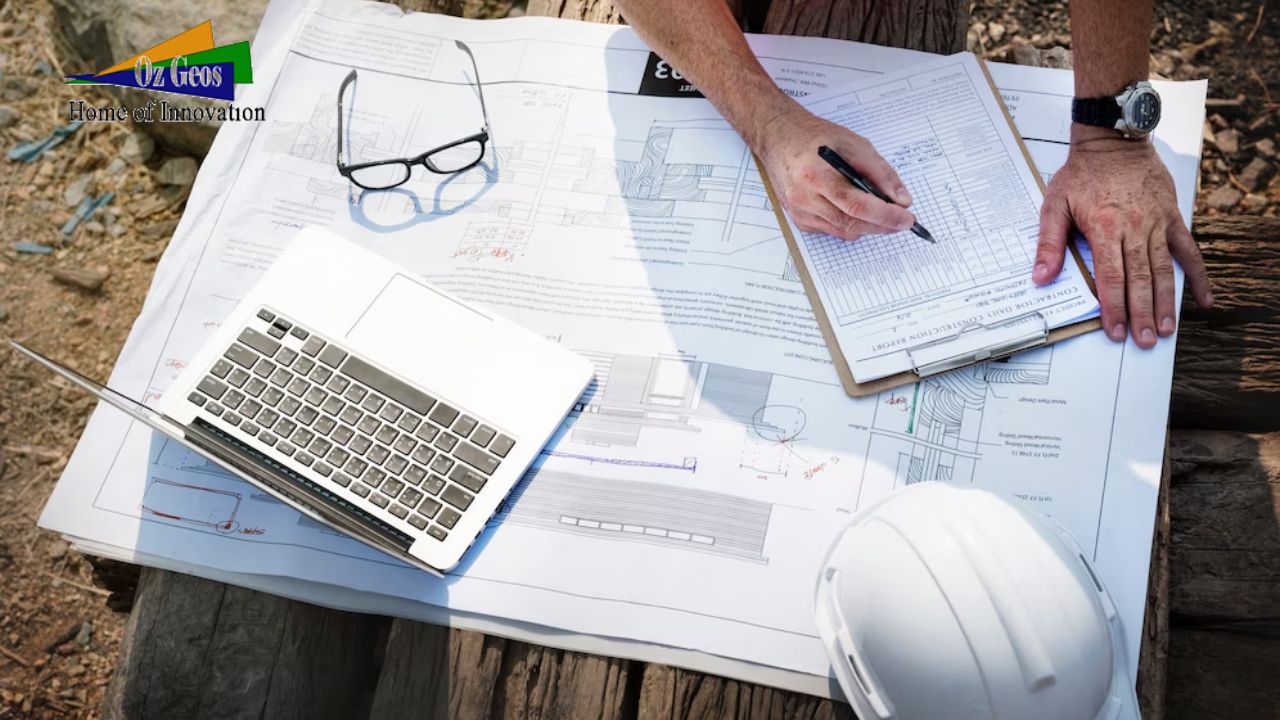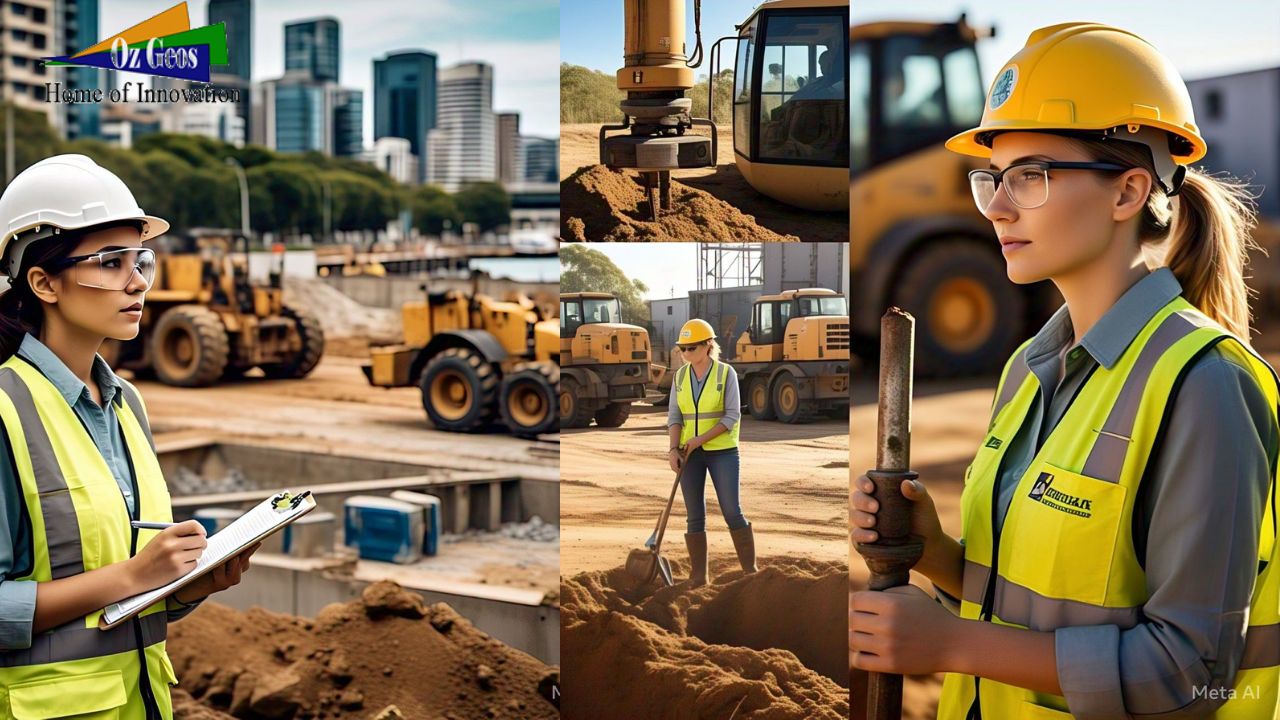5 Important Soil Tests for Construction
When it comes to construction, understanding the properties of the soil on which you are building is paramount. Soil testing ensures the safety, stability, and longevity of your construction project. Here are five essential soil tests that every builder should consider:
1. Moisture Content Test
Dampness content assumes a basic part in deciding the dirt’s capacity to help structures. This test estimates how much water present in the dirt. Appropriate dampness content is essential for soil compaction, which influences the strength and solidness of the establishment. To play out this test, a dirt example is gauged, dried in a stove, and weighed once more. The distinction in weight when drying gives the dampness content.
2. Atterberg Limits Test
As far as possible Test distinguishes the versatility qualities of fine-grained soils. It decides As far as possible (LL), Plastic Cutoff (PL), and Shrinkage Breaking point (SL) of the dirt. These qualities demonstrate the dirt’s conduct under shifting dampness conditions. Knowing the pliancy of the dirt aides in figuring out its true capacity for development, shrinkage, and by and large solidness, which is significant for planning an establishment that can endure different ecological circumstances.
3. Soil Compaction Test
Compaction builds the thickness of the dirt, which upgrades its heap bearing limit. The Standard Delegate Test and the Adjusted Delegate Test are normally utilized strategies to decide the ideal dampness content and most extreme dry thickness of the dirt. Appropriately compacted soil forestalls settlement and expands the steadiness of the design. During the test, soil is compacted in layers in a form, and the dry thickness is determined.
4. Soil Bearing Capacity Test
The Bearing Limit Test estimates the dirt’s capacity to help loads from the establishment. This test is basic for deciding the sort and profundity of the establishment required. The Plate Burden Test and the Standard Entrance Test (SPT) are generally utilized techniques. The outcomes show how much weight the dirt can endure before it misshapes or comes up short. Precise assurance of bearing limit helps in planning establishments that are protected and conservative.
5. Permeability Test
Porousness alludes to the dirt’s capacity to permit water to go through it. This test is fundamental for grasping seepage qualities and the potential for soil disintegration. The Steady Head Penetrability Test and the Falling Head Porousness Test are standard strategies used to quantify the pace of water move through soil. Great waste forestalls water gathering around the establishment, which can cause harm after some time.
Conclusion
Conducting these soil tests before starting any construction project is crucial for ensuring the safety, stability, and longevity of the structure. At OzGeos, we provide comprehensive soil testing services to help you build on a solid foundation. Visit OzGeos for more information on our geotechnical engineering solutions.

